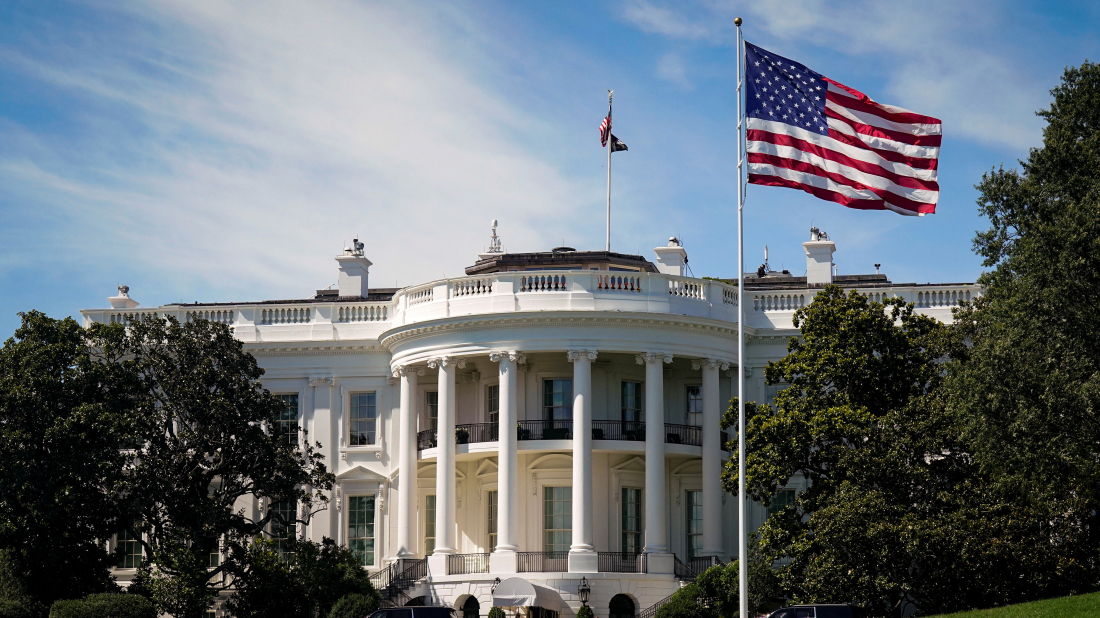Venezuela frees dozens held after post-election protests
Venezuela’s government has released 88 more people detained after protests following last year’s presidential election, the second mass release in...

President Donald Trump has ordered sweeping new tariff increases on imports from more than 80 countries, citing continued trade imbalances and national security concerns, intensifying Washington’s ongoing trade policy reset on 31 July.
The order updates Executive Order 14257, originally signed on 2 April, and imposes new or adjusted duties on dozens of countries, including major partners such as the European Union, India, Japan and Brazil.
The tariffs are scheduled to take effect seven days after the signing of the order, with limited exceptions for goods already in transit. According to the order, these changes are necessary to counter what the administration describes as an “unusual and extraordinary threat” to U.S. national security stemming from persistent trade deficits and non-reciprocal market access.
The U.S. administration said that while some partners have shown willingness to align with the United States on economic and security matters, others have offered insufficient terms or failed to engage in negotiations. The revised duties are intended to pressure trading partners to conclude more balanced agreements.
Which countries are affected?
The new tariffs affect more than 80 countries and territories across every region, with rates ranging from 10% to more than 40%, depending on Washington’s assessment of their trade barriers, economic alignment and cooperation on security matters.
Among those facing the steepest tariffs are Laos and Myanmar (Burma), both subject to a 40% rate, while Syria tops the list at 41%. These nations have been singled out for what the U.S. sees as serious gaps in trade transparency or unwillingness to engage in reforms.
Other countries in the high tariff range include Algeria, Libya, Serbia, South Africa and Switzerland, which will see rates of 30% to 39%. India, Brunei, Kazakhstan, Moldova and Tunisia are assigned a 25% duty. Meanwhile, Indonesia, Malaysia, Thailand, Vietnam, Sri Lanka, Pakistan and Bangladesh are given rates between 19% and 20%.
Japan, Israel, Jordan, South Korea, the Philippines, Côte d'Ivoire, Ghana and many others will face 15% tariffs. This also applies broadly across several African and Latin American countries such as Angola, Mozambique, Nigeria, Botswana, Cameroon, Ecuador, Venezuela and Zimbabwe. These countries, while not seen as adversarial, are assessed by the U.S. administration as maintaining non-reciprocal trade practices that disadvantage American exports.
Brazil and the United Kingdom face a lower rate of 10%, reflecting ongoing diplomatic engagement and recent progress in bilateral trade discussions. The European Union has been placed under a two-tier system. If a product currently has a U.S. duty of less than 15%, the new tariff will raise the rate to 15%. Products already taxed at 15% or higher will not see additional duties. This model aims to enforce baseline reciprocity without placing further burden on goods already deemed sufficiently taxed.
Countries not listed in the executive order’s annex will continue to face a 10% ad valorem tariff under the original April measure unless modified by future directives.
The executive order introduces a 40% tariff on goods determined by U.S. Customs and Border Protection to have been transshipped through third countries to evade duties. Authorities will also publish biannual reports identifying facilities and countries involved in such schemes to inform government procurement and national security reviews.
The order allows for the possibility of lifting tariffs if countries make progress in concluding meaningful trade or security agreements with the United States. While some governments are reportedly close to reaching new deals, the current rates will remain in effect until those agreements are formally concluded and validated by a subsequent executive order.
Dozens of people are feared dead and around 100 others injured after an explosion tore through a crowded bar during New Year’s Eve celebrations at the Swiss ski resort of Crans-Montana, authorities said.
The Russian radio station known as 'Doomsday Radio' (or UVB-76) unexpectedly began playing ‘Swan Lake’, music from a ballet composition. The last time this was done was during the deaths of Soviet-era leaders and the 1991 coup.
As Russia’s war in Ukraine enters its fourth year, rising casualties, economic struggles, and mounting unrest expose cracks in society. Despite Kremlin propaganda, frustration is growing as more Russians question the government’s narrative, according to The Washington Post.
At least 47 people were killed and 112 injured after a fire broke out at a crowded bar in the Swiss ski resort town of Crans-Montana during New Year’s Eve celebrations, Italian Foreign Minister Antonio Tajani told Italian media on Thursday.
India has approved a major arms deal with Israel valued at approximately $8.7 billion, highlighting the deepening defence partnership between the two countries.
Venezuela’s government has released 88 more people detained after protests following last year’s presidential election, the second mass release in two weeks, as pressure mounts from the United States on President Nicolás Maduro.
France’s postal and banking services were disrupted on Thursday morning after a cyberattack temporarily rendered their websites and mobile applications largely inaccessible, French radio RFI reported.
India and Pakistan on Thursday exchanged lists of nuclear facilities as well as civilian prisoners, under long-standing bilateral agreements, according to official statements from both countries.
The U.S. on Thursday called on China to exercise restraint and engage in dialogue following Beijing’s military exercises near Taiwan.
At least 14 people were killed and 16–31 others injured when a bus carrying students from the University of Veterinary and Animal Sciences collided head-on with a passenger van near Quli Faqir, Jhang district, Punjab, on Wednesday.
You can download the AnewZ application from Play Store and the App Store.

What is your opinion on this topic?
Leave the first comment